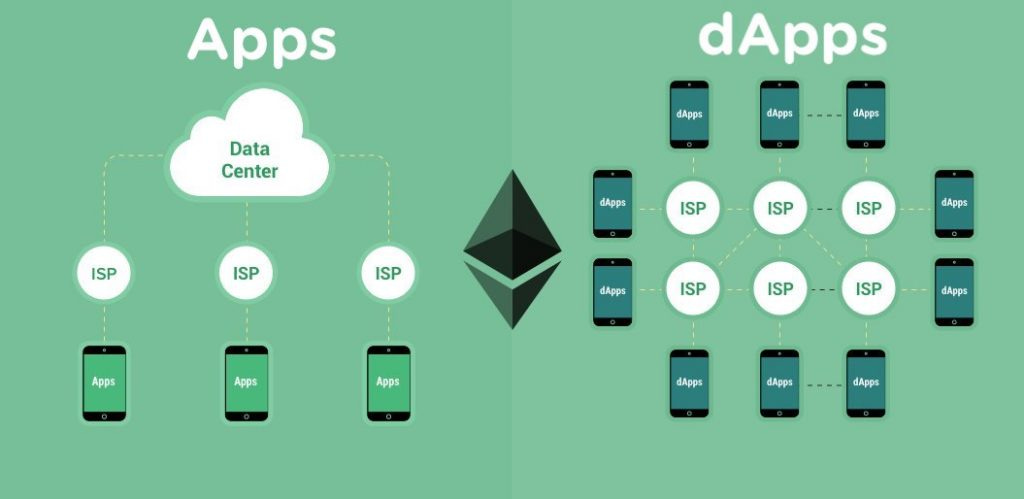DApps vs Apps: What’s the difference?
Also, earn $300 a month and an onsite internship in dubai with this amazing guild
If you’ve been in the crypto space for a while, there's a big chance that you’ve heard of dApps.
If you haven’t, that’s all right. In this article, you’ll learn what dApps are, how they compare with apps, and how they function. Something cool we added at the end of this is a list of decentralized applications on the most popular blockchain (Ethereum).
We also found this guild offering 2 women $300 to learn web3. Keep reading to find out how!
What are dApps?
Decentralized applications, more commonly known as “dApps”, are essential applications for Web3.
DApps are like everyday applications with an added twist: they’re integrated with blockchain and Web3 technology. They are created by developers and startup teams who set up decentralized applications on distributed, peer-to-peer (P2P) blockchain networks.
In a peer-to-peer (P2P) network, each computer serves as both a server and a client, sending and receiving information, with bandwidth and processing shared among all network members. A decentralized network like this uses resources more efficiently than a traditional network and is less susceptible to systemic failure.
The client is the user's device that interacts with a server requesting to access a specific service, while the server listens for these requests and delivers the requested information to the client.
Another cool thing is that no one person has central control of the dApp, but each client has access to all the resources within the network.
Most dApps make use of tokens to facilitate transactions within the platform. These tokens are cryptocurrencies, built to run on a blockchain and each of the transactions carried out on the dApp is stored on that blockchain. For example, every transaction carried out on an Ethereum-based dApp will be stored and retrievable on Ether scan by any user who has the transaction id.
DApps vs Apps
Web1 was static, it was a read-only web. Web2 was dynamic, the participative social web with read-write privileges. Web3 takes it a level further.
We cannot overestimate the importance of Web2 applications in our everyday lives. Web2 applications like Facebook, Instagram, and Twitter brought the internet into the cloud and played an integral role in the revolution of social media. But Web3 is even more.
The key difference between Web2 and Web3 applications is that they connect users to blockchain networks, which allows the following characteristics:
Connects users to financial services through digital assets and tokens.
It is decentralized, with computing power distributed across numerous devices.
dApps provide immutable, transparent accounting and transaction systems.
Smart contracts are used to "automate" their functions.
To show this, here are some examples of Web2 apps vs their Web3 counterparts.
Use case
DApps on Ethereum
Ethereum blockchain is powered by Ether, the cryptocurrency generated by the Ethereum protocol used to facilitate transactions on the blockchain. It’s the most popular platform for building dApps.
Developers can create and deploy dApps on the Ethereum platform and even issue an Ethereum-based token to be used for transactions on the dApp. Ether, in this case, is the “gas” that fuels the transaction.
Following the rapid development of the Ethereum network, many industries have deployed a variety of products on the blockchain. Here’s a short list of dApps with what they’re used for:
Use Cases
Meanwhile, @Afriguild, a community with a mission to onboard 10M africans into crypto, has unveiled their Web3 African Women fellowship to equip young African women with skills to become active contributors and builders of web3.
You can apply here!
Thanks for reading!
Join our Twitter space by 6 PM UST where we discuss defi , dapps and gamefi with @goddyenoch and @aiyowievictory








